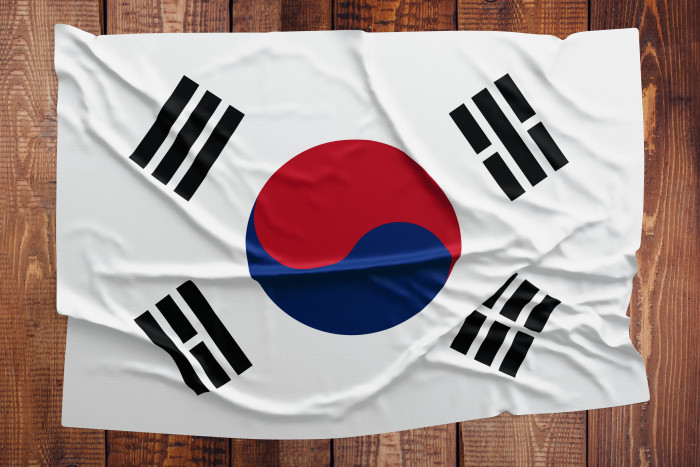경기문화재단
4.19 Revolution: Anti-dictatorial Democratic Struggle led by Students
60th Anniversary of the 4.19 Revolution:
Anti-dictatorial Democratic Struggle led by Students
Writer: Lee Jihun, Director of the Center for Gyeonggi Studies

It's been 60 years since the 4.19 Revolution against the dictator regime in 1960. Even though the foundation of a democratic republic had been laid and the Republic of Korea was built on the basis of the national uprising of the 3.1 Movement, the settlement of democracy seemed to be long way off as President Syngman Man Rhee’s prolonged regime lasted after the turmoil of the liberation and the war. People were gradually withdrawing their support for President Syngman Rhee and his government, as the regime was at its peak in press oppression, political terrorism, fabrication of support and fraudulent maneuvering by the mid 1950s.
The ruling power had conducted organized electoral fraud across the nation in presidential and vice presidential elections held on March 15th 1960, which eventually ignited national impatience. The protests, which began in full scale from the day of the election, spread out across the nation, after a high school student had been killed by getting shot with a tear gas bomb in Masan. As the nationwide protests reached their peak on April 19th in spite of bloody and armed suppression by the police, Syngman Rhee stepped down from the presidency and defected to Hawaii in the USA, and the Liberal Party Regime collapsed.
The 4.19 Revolution was a great event to commemorate not only in modern Korean history but also in global democratic movements, and in particular, it was a struggle in which middle and high school students took the initiatives in participation. In Gyeonggi-do province, students rose up first. They actively resisted injustice committed before the election, as when 200 Suwon Agricultural High School Students protested in front of Janganmun Gate in Suwon City with placards saying "We reject indirect campaigning within schools” on March 10th. Around 100 students from Osan High School protested, shouting for freedom for schools, by using market day on March 13th. After the election, the students' struggle became more intensive. 300 students from Incheon Technical High School on March 19th, 600 students from Seoul National University's College of Agriculture in Suwon on April 20th and 300 students from Incheon Normal College demonstrated by shouting “Do not shoot at liberalization of schools and democratic student demonstrations”. In Gyeonggi-do province (including Incheon), as in other regions, middle and high school students staged demonstrations first, followed by college students. Citizens on the street were also enthusiastically supportive. Continuous struggles demonstrated until Syngman Rhee’s resignation, as a large-scale demonstration took place involving the majority of middle and high school students in Suwon on April 23rd, and by joining with Students from Seoul, the police station and the Liberal Party’s Suwon City office were destroyed on the 26th.
In those days, middle and high school students inherited the tradition of national movements learned during Japanese colonial era, and could stage large scale demonstrations using the organizational power of the Student Aid Corps, which had been organized in each school to establish an anti-communist system. At this time, when COVID-19 is unyielding in its pressure, the foundation of Korea’s response that the whole world envies, our efficiency and our sense of citizenship, comes from the very aspirations and efforts for democracy of our parents and grandparents, including the 4.19 Revolution. It was the foundation, and this has to be clearly remembered.
For more information on Gyeonggi Studies Communication? [Click here] |
<ggc의 모든 콘텐츠는 저작권법의 보호를 받습니다.>